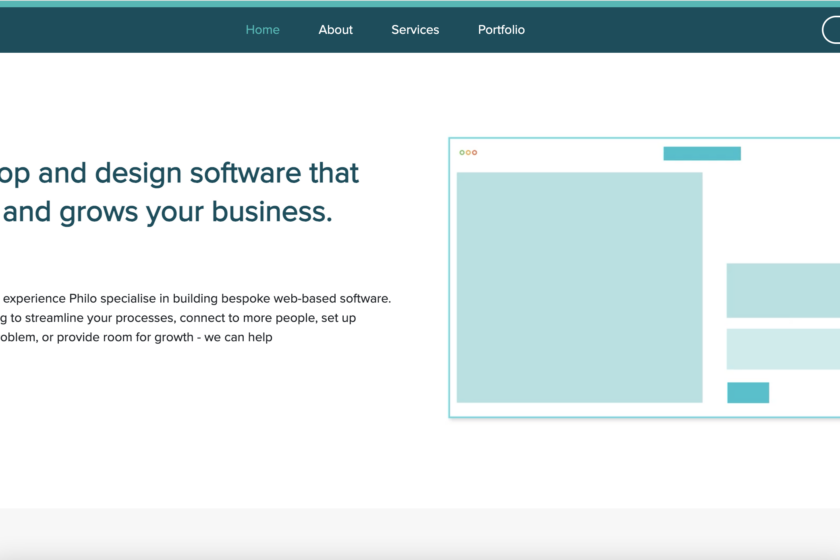Integrating Real-Time Tracking with Supply Chain Visibility: Best Practices
Cold chain logistics plays a vital role in ensuring the safe transport of temperature-sensitive goods such as pharmaceuticals, food, and valuable chemicals. Maintaining strict temperature control throughout the supply chain is crucial to prevent spoilage, reduce waste, and meet regulatory standards. As the cold chain industry evolves, cutting-edge monitoring technologies are emerging to enhance the efficiency, transparency, and reliability of operations. In this blog, we’ll explore key trends and innovations in cold chain logistics, including blockchain, artificial intelligence (AI), and predictive analytics, and discuss how they are shaping the future of this critical sector.
1. Blockchain: Enhancing Transparency and Traceability
Blockchain technology offers significant advantages for cold chain logistics, particularly in creating a transparent and traceable supply chain. In a traditional cold chain, it’s often difficult to guarantee that products have been handled correctly at every stage. Blockchain solves this by recording every transaction or event in a decentralised ledger that cannot be altered.
- Traceability and Accountability: Blockchain provides end-to-end traceability, making it easier to verify that temperature-sensitive products, such as vaccines or perishables, were maintained within the required temperature ranges throughout their journey. Every stage of the supply chain, from the production plant to the final delivery, is recorded in the blockchain, creating an unbroken chain of custody.
- Reducing Fraud and Compliance Risks: For industries with stringent regulations, blockchain helps maintain compliance by offering accurate, tamper-proof records. Businesses can access detailed data regarding each step, ensuring compliance with regulatory requirements in industries like pharmaceuticals, where safety is paramount.
By leveraging blockchain technology, companies can significantly reduce the risk of fraud, enhance product safety, and improve transparency across the entire cold chain.
2. Artificial Intelligence (AI): Automating and Optimising Cold Chain Operations
Artificial intelligence (AI) is becoming an essential tool for optimising cold chain logistics by automating tasks and improving real-time decision-making. AI-enabled monitoring systems are capable of continuously analysing data from various points along the supply chain, offering insights that help businesses stay ahead of potential issues.
- Predictive Maintenance: AI systems can analyse historical data from monitoring devices to predict when equipment failures are likely to occur. By identifying potential risks early, companies can perform preventative maintenance, reducing downtime and avoiding costly product losses due to refrigeration failures.
- Route Optimisation: AI is also used to optimise delivery routes by analysing factors such as weather conditions, traffic, and fuel efficiency. By ensuring that products reach their destination as quickly and safely as possible, AI helps maintain temperature control and prevents delays.
- Real-Time Anomaly Detection: AI-powered systems can monitor real-time temperature and humidity data, immediately detecting when conditions deviate from acceptable ranges. This allows businesses to take corrective action, such as adjusting refrigeration settings or rerouting shipments, to avoid product spoilage.
The integration of AI into cold chain monitoring allows companies to respond more quickly to changes, optimise operational efficiency, and reduce waste across the supply chain.
3. Predictive Analytics: Proactively Addressing Cold Chain Risks
Predictive analytics is a powerful tool that uses data to forecast potential challenges and provide actionable insights. In cold chain logistics, predictive analytics can help businesses anticipate and mitigate risks before they become costly problems.
- Forecasting Temperature Deviations: Predictive analytics software can analyse historical shipment data to identify patterns that may lead to temperature deviations. For instance, if certain routes or times of year are associated with increased risk of temperature excursions, businesses can proactively adjust their plans.
- Inventory Management and Demand Forecasting: Predictive analytics can optimise inventory levels by forecasting demand for temperature-sensitive products. By predicting when products are most needed, businesses can minimise overstocking or understocking, leading to fewer expired or wasted goods.
- Minimising Risk: Predictive models allow companies to foresee risks related to equipment failure, transportation delays, or even extreme weather events. By anticipating these issues, businesses can develop contingency plans to prevent disruptions and ensure the safe delivery of products.
With predictive analytics, cold chain logistics operations become more proactive, allowing companies to make data-driven decisions that reduce risks, prevent spoilage, and improve overall supply chain performance.
Conclusion
As cold chain logistics continues to evolve, the adoption of new technologies like blockchain, artificial intelligence, and predictive analytics is revolutionising how businesses monitor and manage temperature-sensitive goods. These innovations offer significant benefits in terms of traceability, efficiency, and risk management, making it easier for companies to maintain product quality while reducing waste and improving compliance with regulations.
At Precision Monitoring, we specialise in providing cutting-edge monitoring solutions tailored to the needs of the cold chain industry. Whether you’re transporting food, pharmaceuticals, or other sensitive goods, our advanced monitoring devices give you real-time visibility and control over your shipments. Contact us today to learn more about how we can help you stay ahead of the latest trends in cold chain logistics.






